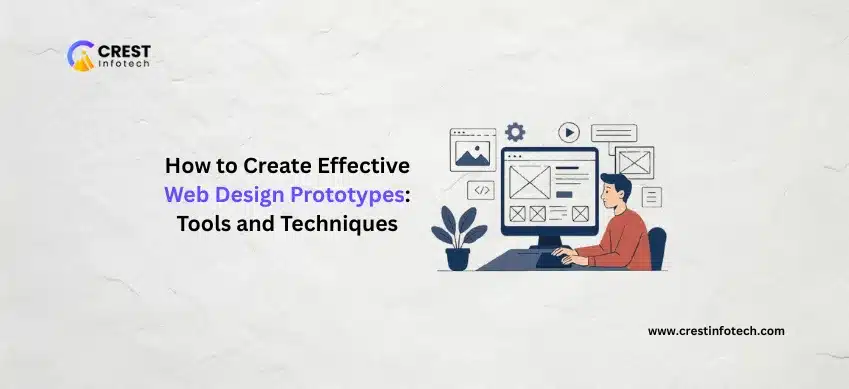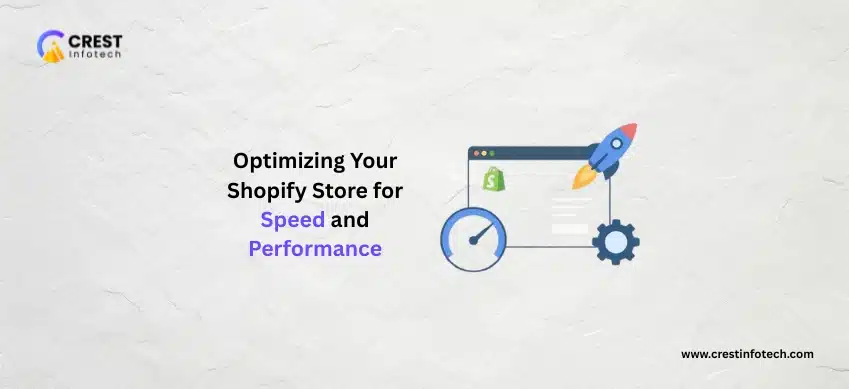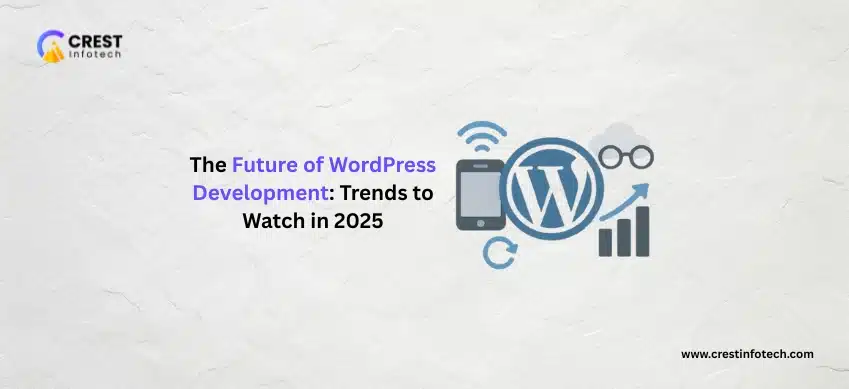Creating effective web design prototypes is key to validating ideas, improving usability, and speeding up development. Prototypes let you visualize concepts, test interactions, and gather feedback before the final build.
1. Understand Your Prototype’s Purpose
Before jumping into tools, clarify what you want your prototype to achieve.
- Is it to test user flow or functionality?
- Are you focusing on layout and visual design?
- Will it be interactive or static?
2. Choose the Right Prototyping Tool
There are many tools available, each suited for different needs and skill levels.
- Figma: Cloud-based, great for collaboration and interactive prototypes
- Adobe XD: Powerful for high-fidelity and animation support
- Sketch: Popular on Mac, integrates well with other tools
- InVision: Ideal for clickable prototypes and feedback loops
- Balsamiq: Focuses on low-fidelity wireframes for quick concepting
“The best tool is the one that fits your project needs and team workflow.”
3. Start With Wireframes
Wireframes are the blueprint of your prototype. They help define structure without distractions.
- Sketch out core layouts on paper or digitally
- Focus on content placement and navigation
- Keep it simple — details come later
4. Build Interactive Elements
Make your prototype clickable to simulate real user interactions.
- Add buttons, links, and transitions
- Use tool features to simulate hover states and animations
- Test user flows to uncover friction points
5. Gather Feedback Early and Often
Prototyping is iterative — use feedback to refine and improve.
- Share prototypes with stakeholders and target users
- Collect usability insights and pain points
- Update your design based on real-world input
“The sooner you identify issues, the less costly they are to fix.”
6. Prepare for Development Handoff
A good prototype simplifies the handoff to developers.
- Ensure all screens and interactions are documented
- Use tools with developer mode or inspect features
- Provide assets, style guides, and notes
Final Thoughts
Effective prototyping bridges the gap between ideas and reality. By choosing the right tools, focusing on core flows, and embracing iteration, you create prototypes that save time, reduce risks, and lead to better final designs.



